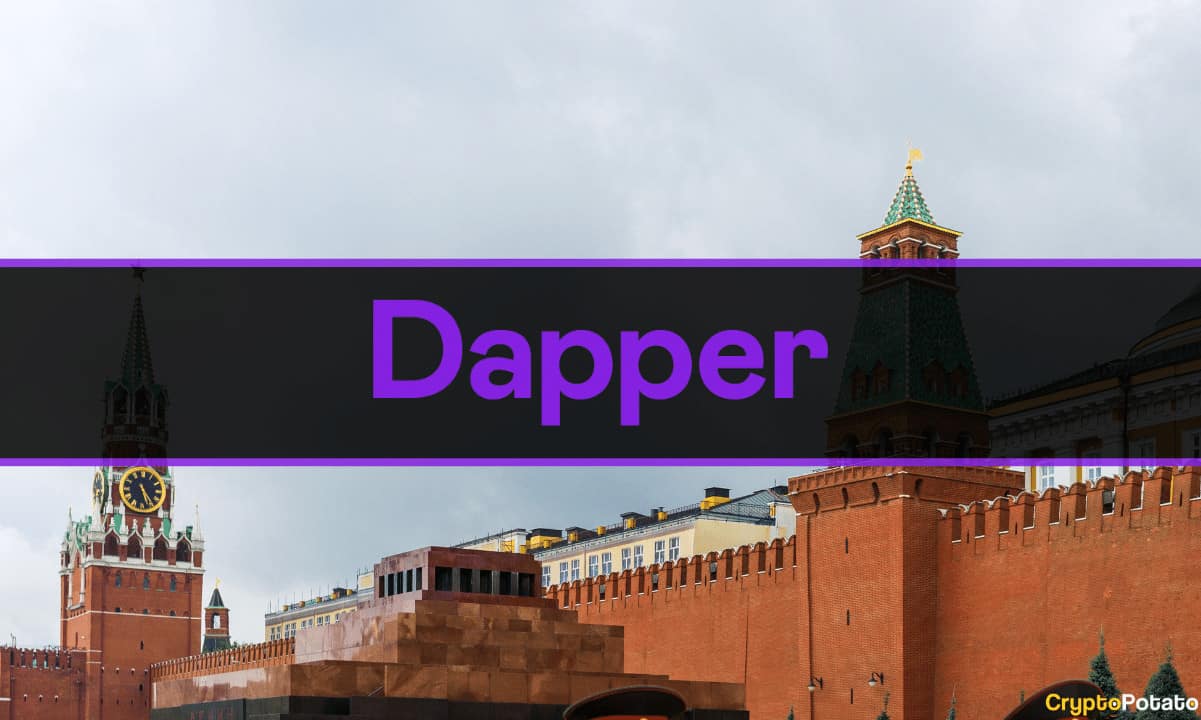Swisscom Blockchain Awarded Polkadot Development Grant by Web3 Foundation
Swisscom Blockchain will begin work on a cloud-based security layer for Polkadot after it was awarded a development grant by the Web3 Foundation. The security solution will focus on providing an extra layer of security for users who stake coins on Polkadot’s Proof-of-Stake (PoS) network.
Swisscom Awarded Web3 Foundation Grant
The Web3 Foundation oversees the development of the Polkadot ecosystem. On September 10th it was announced that the foundation had awarded an undisclosed development grant to the distributed ledger wing of telecom giant Swisscom.
The funds will enable Swisscom Blockchain to work on the successful deployment of the Kubernetes Operator – a suite of tools that stand to simplify the secure launch of Polkadot validator nodes. It will also add to PoS security on Polkadot and its Kusama test network by protecting staked funds against external attacks.
Malicious attacks are extremely difficult to pull off successfully on a PoS blockchain, however, a distributed denial of service (DDoS) attack still has the ability to deplete a user’s funds due to network downtime.
Node Validation on Steroids
The proposed solution involves creating a set of validators hosted on a cloud service that can isolate certain nodes while remaining in contact with the rest of the network.
Head of Ecosystem Development at Web3 Foundation, Dieter Fishbein, said the work done by Swisscom will make it less risky to run validator nodes, while minimizing the chances of coin losses.
Providing Kusama and Polkadot with a Kubernetes Operator contributes to a more robust network, helping validators ensure high availability in their operations, and reducing the chances of validators getting slashed for unresponsiveness. We look forward to working with Swisscom Blockchain on their contributions to both the Polkadot and Kusama networks. – He said.
Blockchain Meets Enterprise
The Web3 grant is awarded to applicants who successfully pitch plausible methods to aid research and development on Polkadot, and its underlying framework, Substrate.
Swisscom Blockchain’s head of technology, Jorge Alvarado, said work carried out with the grant will help create an easier on-ramp for business and enterprises to deploy their own bespoke infrastructure:
The Web3 grant was awarded to contribute to the Polkadot ecosystem by submitting an open-source repository that other startups and enterprises can use to setup/manage their own infrastructure in an automated way while providing security best practices for resources hosted in the enterprise.
Polkadot occupies a unique middle-ground between public and private blockchain infrastructure. It features the privacy of public blockchains while stopping short of supplying full anonymity. This is achieved via a secure verification process where legally identified users are given a network pseudonym. The only way it can be revoked is if law enforcement officials demand it. A new general-purpose bridge between Ethereum and Polkadot is also in the making.
Alvarado said that applying lessons from public blockchains to private networks could help usher in greater blockchain adoption by businesses and enterprises.
It was a great experience to work with the Web3 Foundation on the realization of this project. We’ve come to realize how important it is to combine efforts between the enterprise and the open-source world, in order to increase the adoption of blockchain technologies to solve real-world problems. – Said Alvarado.
The post Swisscom Blockchain Awarded Polkadot Development Grant by Web3 Foundation appeared first on CryptoPotato.









